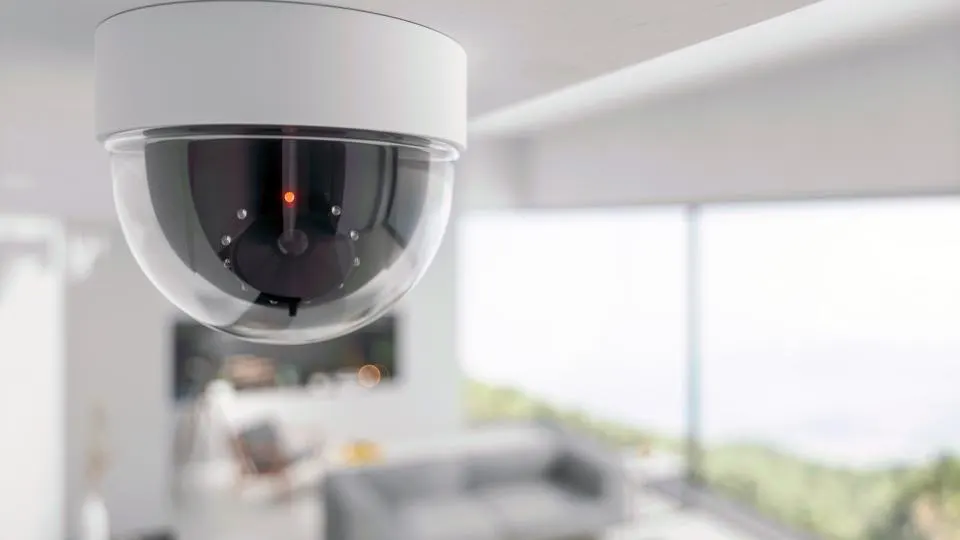Security starts at home: installing surveillance cameras

Home security is becoming increasingly important these days. Thanks to technological advances, surveillance cameras have become a key element in protecting your own home. However, the selection and installation of such devices often raises questions. In this article, you will learn how to select and install the right surveillance cameras to ensure a secure home.
Which devices are best?
A thorough price and product comparison is essential before making a purchase. Numerous models are available, each with their own strengths. Outdoor cameras need to be weatherproof, while more discreet solutions are preferred for indoors. Image quality plays a major role, especially at night. Intelligent accessories, such as motion sensors, increase effectiveness. Installation should be strategic to cover all access points. Good research in advance saves costs and effort in the long term.
Understand the technology
Modern surveillance systems offer more than just recording. Connection to smartphones enables live monitoring from anywhere. It is important to understand the technical possibilities. Wireless systems offer installation flexibility, but require a stable internet connection. Storage options vary between cloud and local media. Data protection should play a role in the decision. Setting up a secure network prevents unauthorized access and protects against data theft.
Finding the right place
Strategic placement of cameras increases security exponentially. Entry points, such as doors and windows, deserve special attention. High-mounted cameras provide a comprehensive viewing angle and are harder to sabotage. Visibility can be a deterrent, but some prefer hidden installations to catch intruders in the act. It is important not to leave any blind spots. Every corner of the property should be monitored to ensure comprehensive protection.
Installation: allow time
Careful planning is required when planning the cable runs; first determine the best route for the cables to each camera’s location. Next, carefully mark the drill holes to ensure that no cables or pipes are damaged. When drilling, it is advisable to place a dust trap or a simple piece of paper underneath the drill hole to make cleaning easier. Anchoring brackets firmly to the wall requires suitable plugs and screws for the material in question, whether brick, concrete or wood.
In the case of wireless cameras, make sure that they are positioned within range of the WLAN network; additional repeaters may be required. Test runs reveal whether all areas are being monitored effectively; experiment with different angles and settings. Checking the image quality in different lighting conditions ensures that clear images are also produced at night. Such tests identify blind spots and the positions of the cameras are adjusted accordingly. Finally, don’t forget to check the power supply of the cameras, especially wireless models, to ensure that the batteries or rechargeable batteries are sufficiently charged.
Regular maintenance is essential
Regular maintenance guarantees the reliability of the surveillance system. Keeping lenses clean and checking cable connections are essential. Software updates close security gaps and improve functionality. Batteries of wireless cameras need attention to avoid failures. An annual check-up by a professional can help to identify potential problems at an early stage. The investment in home security is long-term and requires continuous attention.